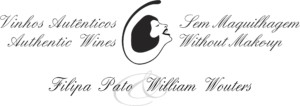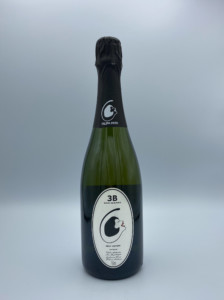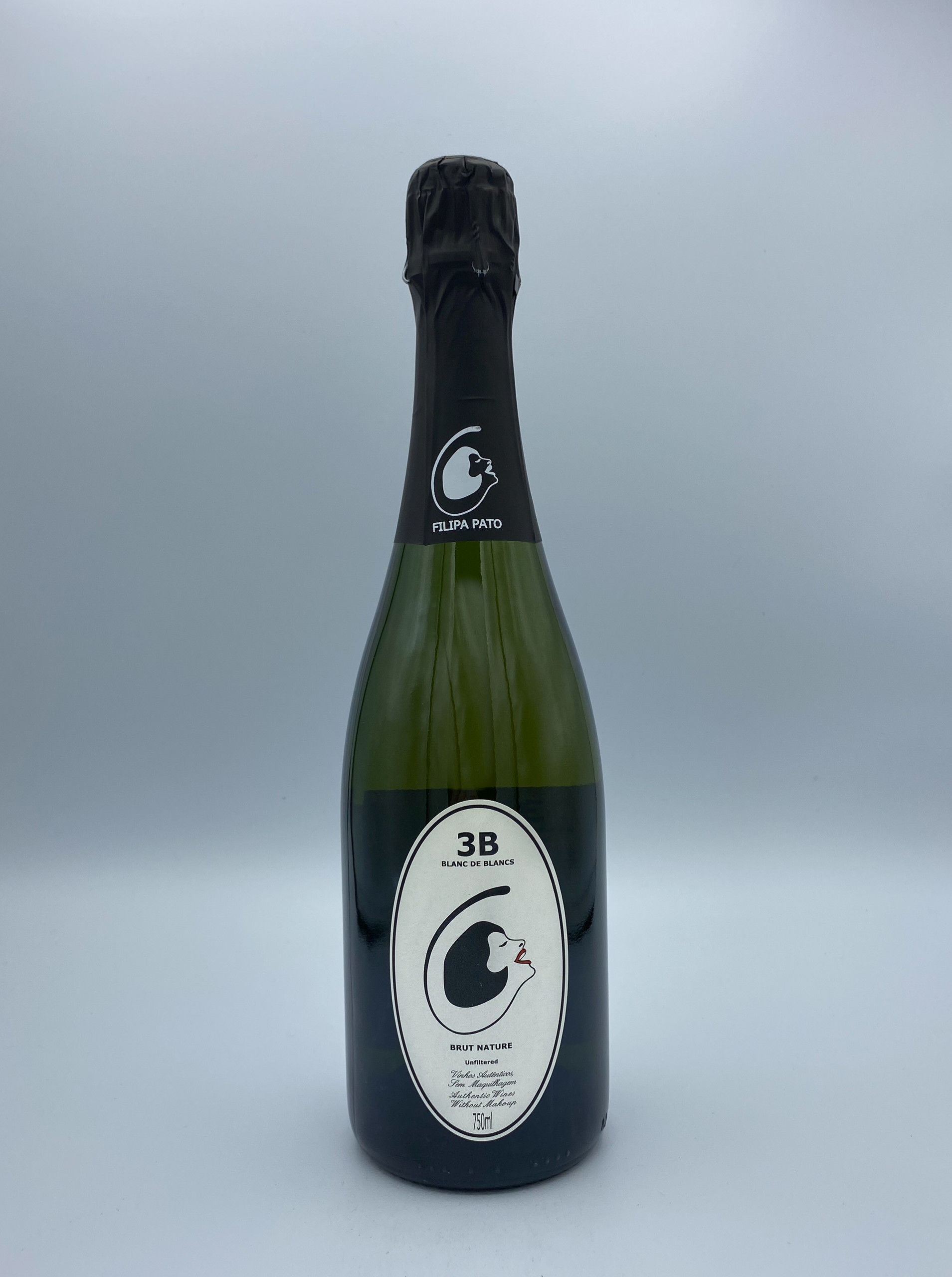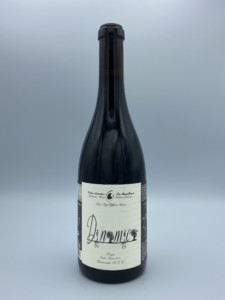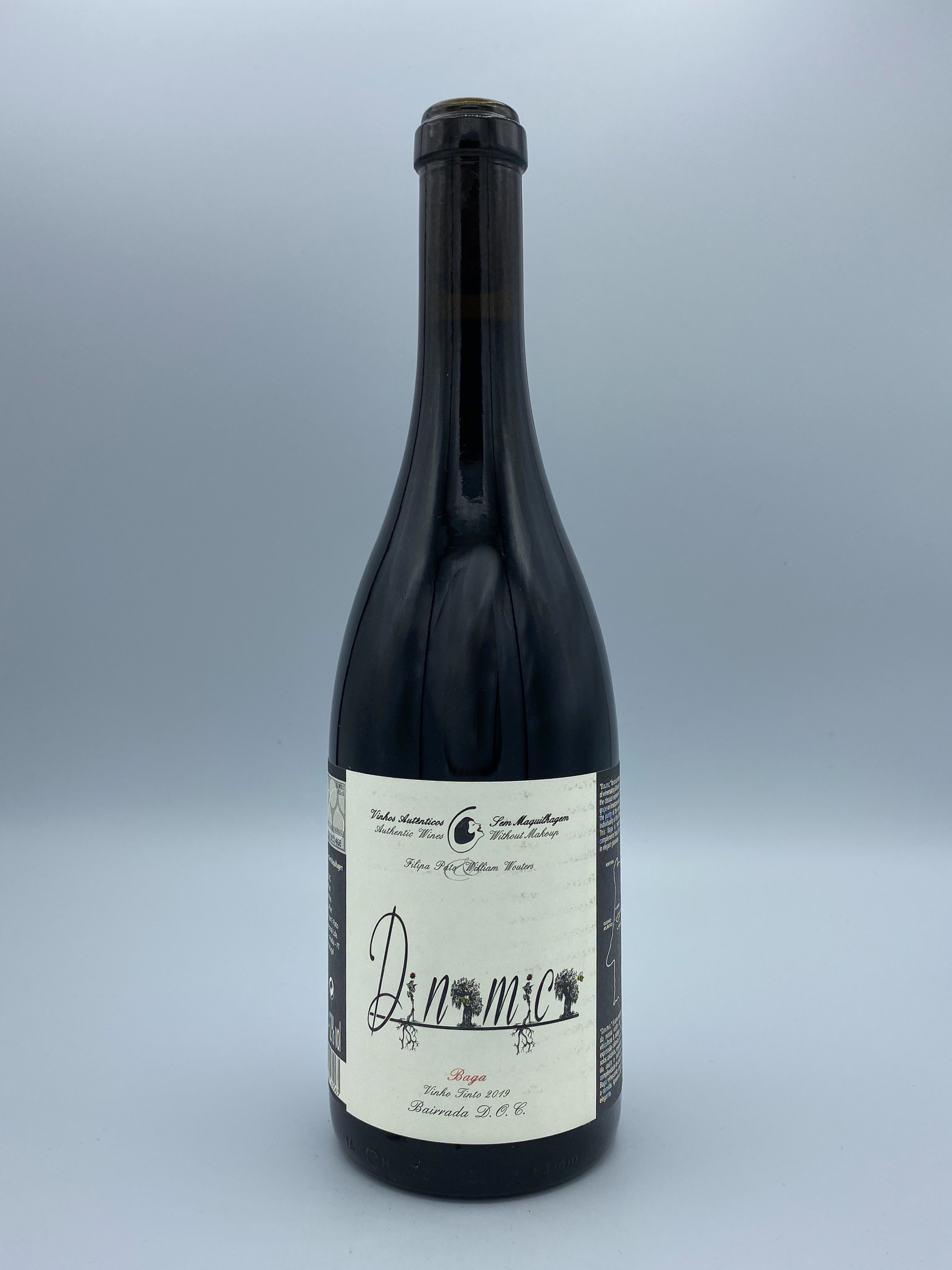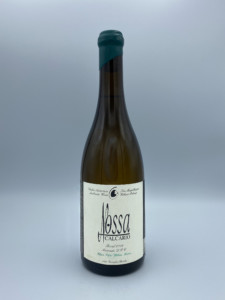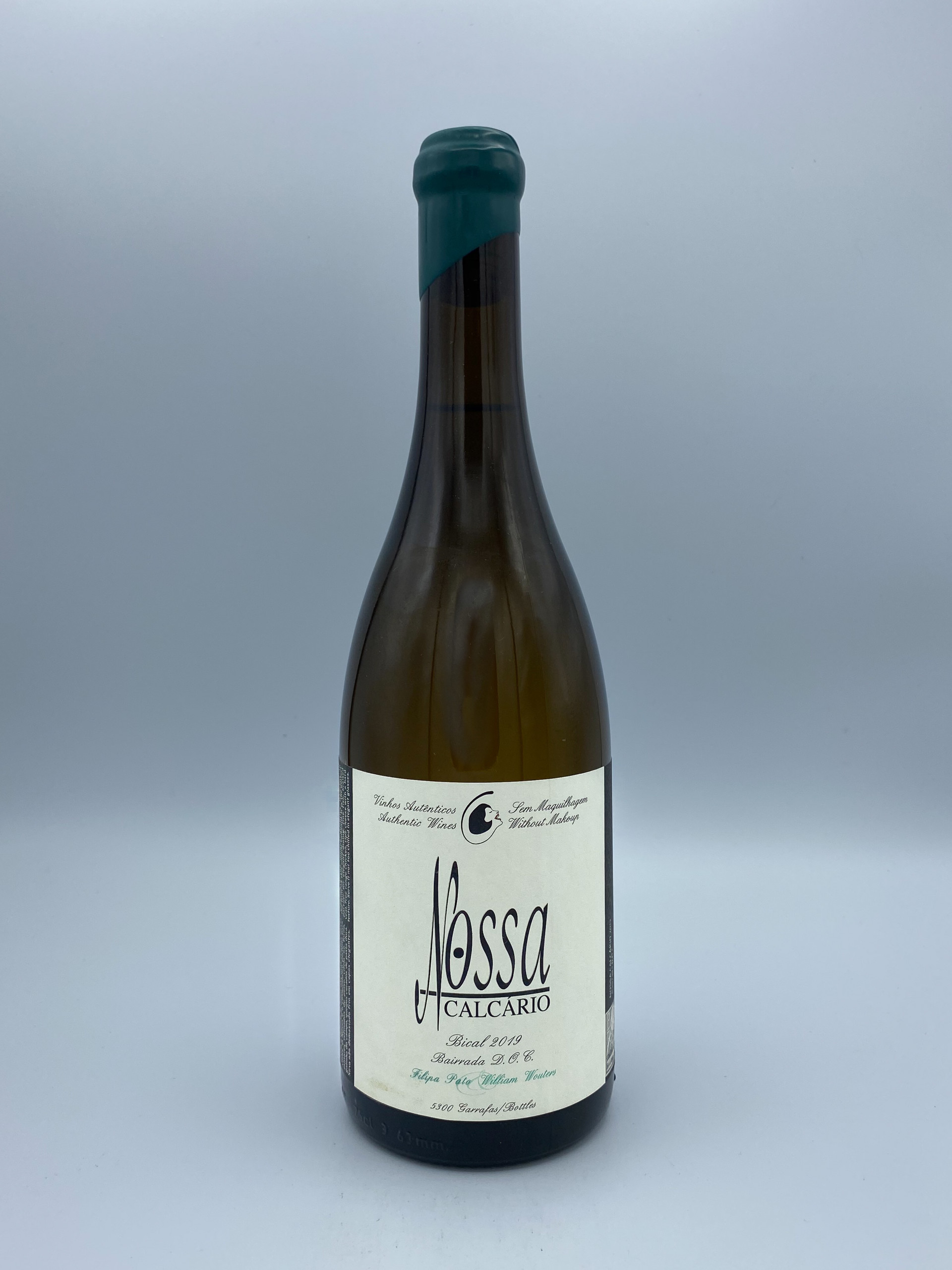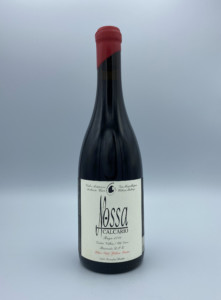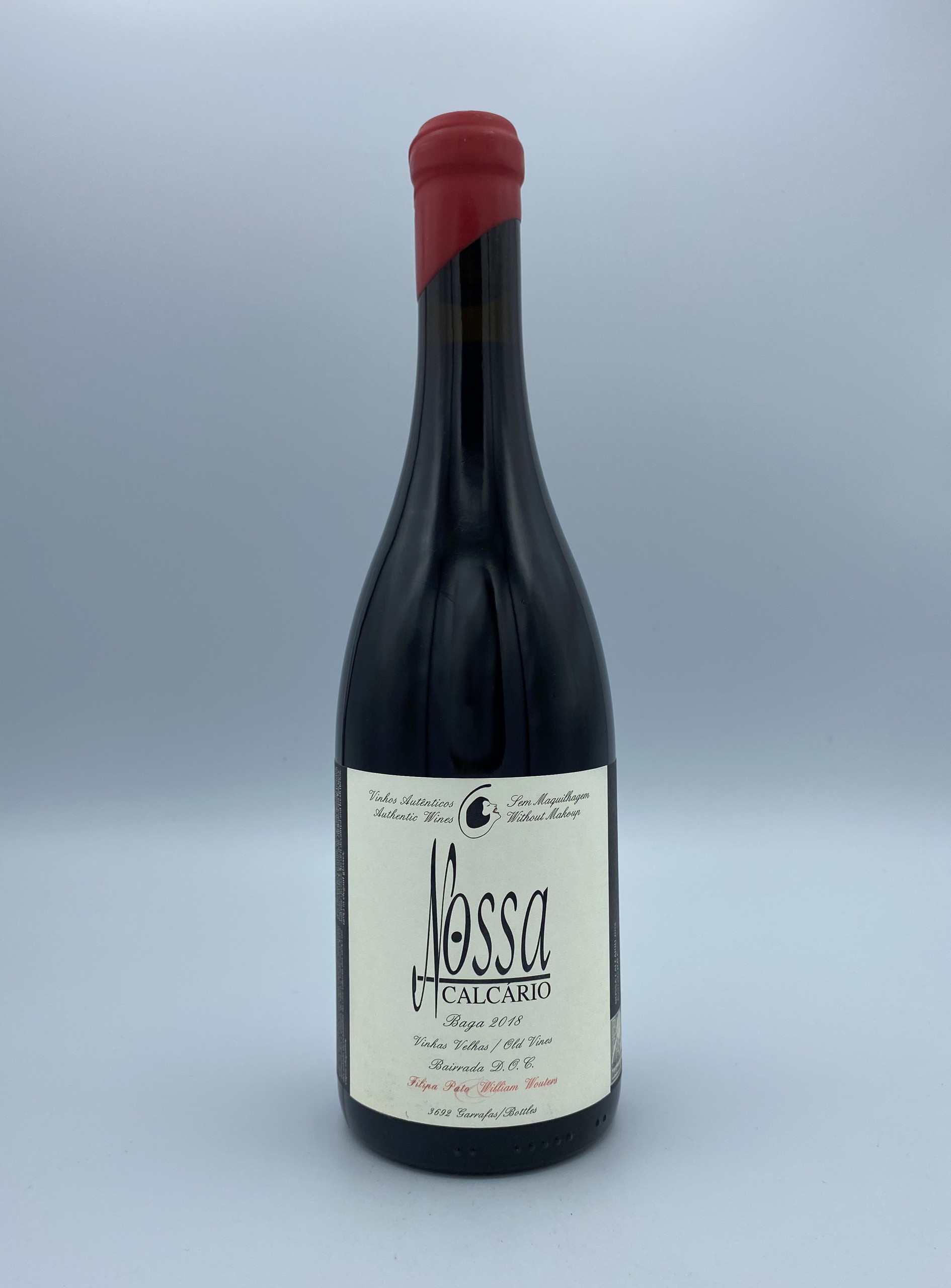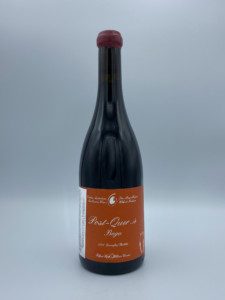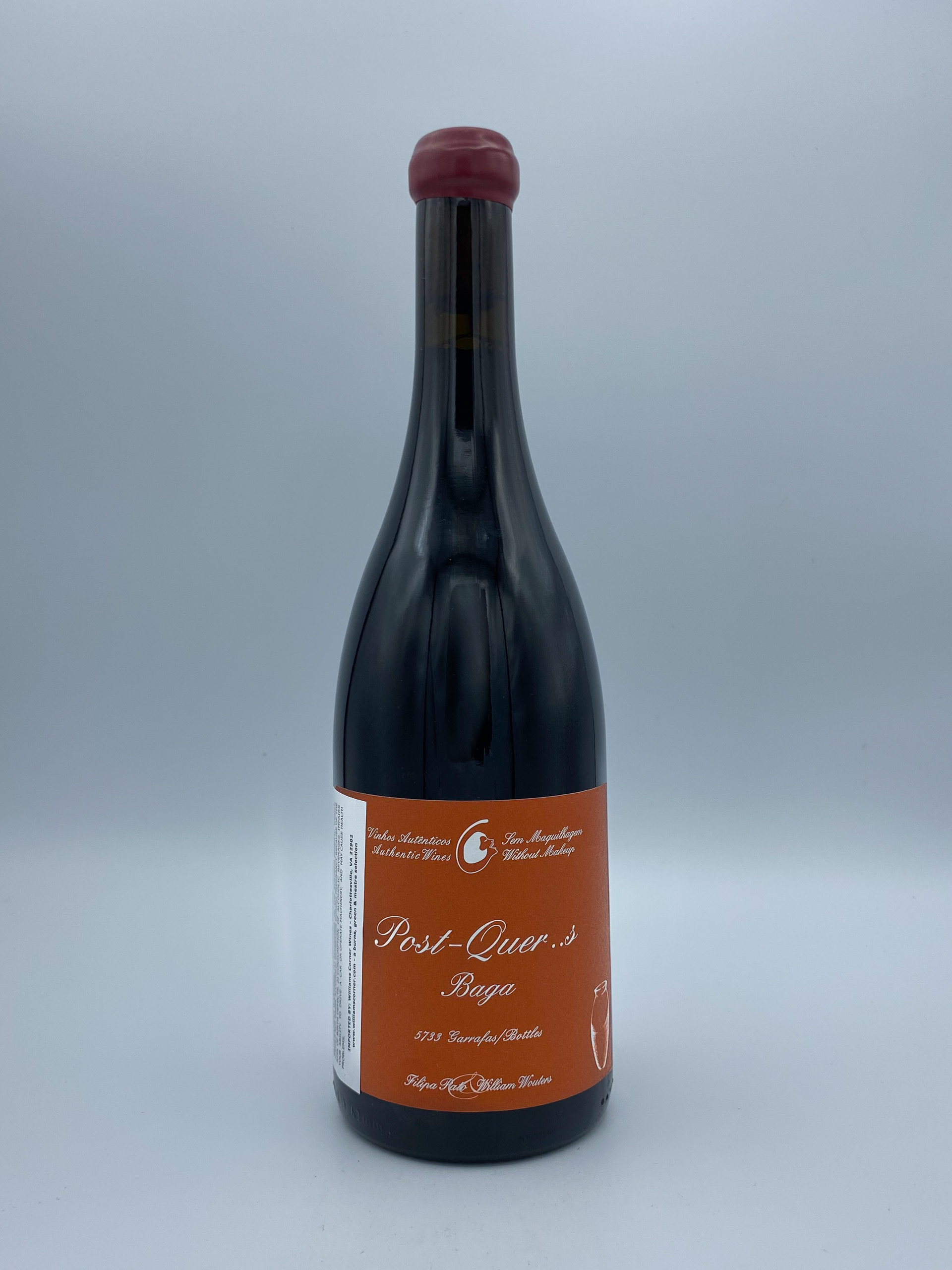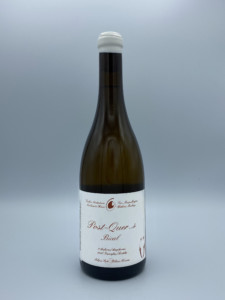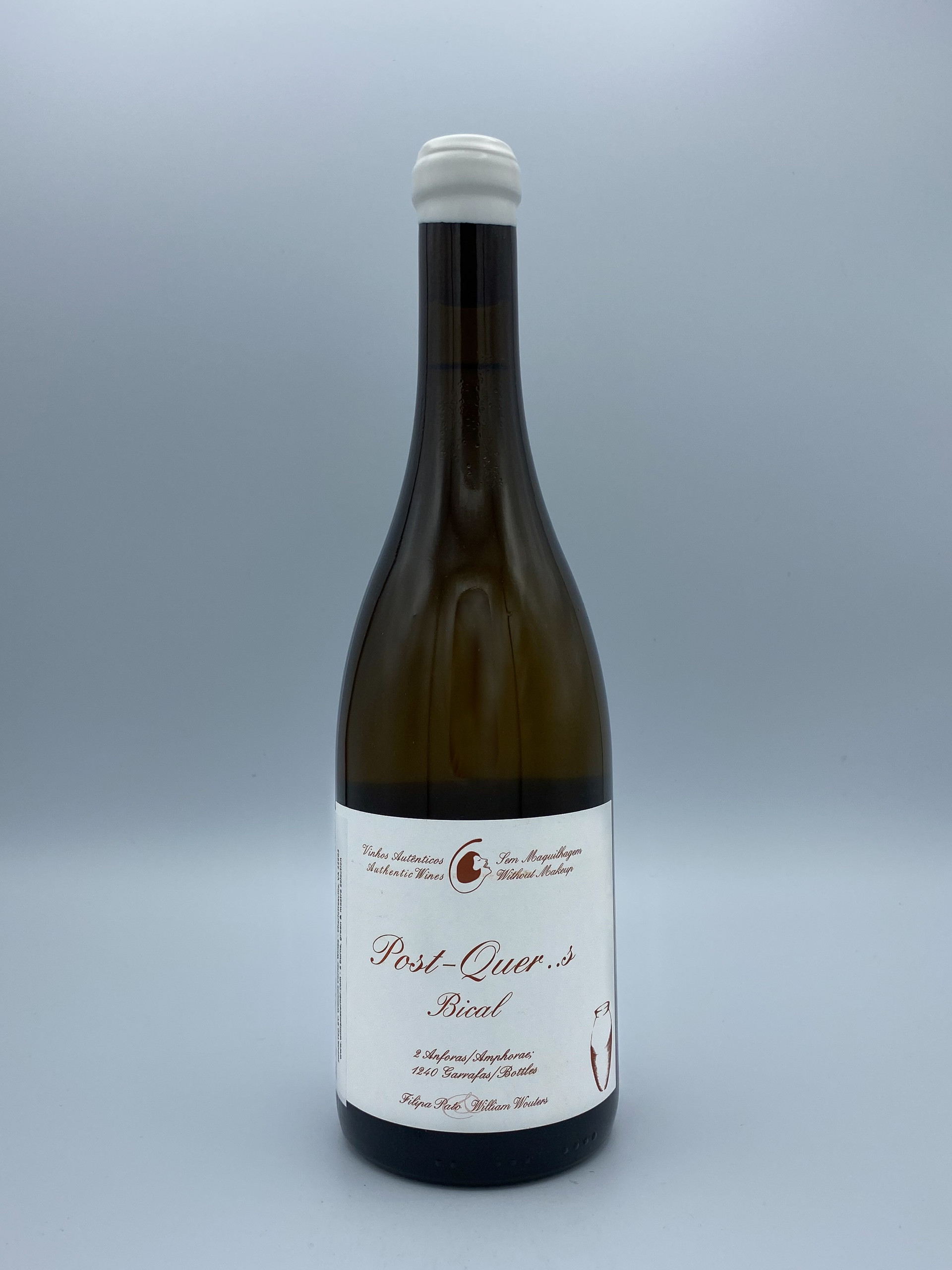Filipa Pato & William Wouters
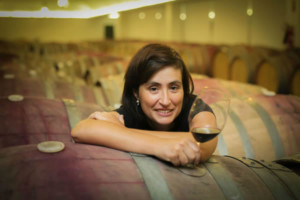
Filipa Pato
About
Owners: Filipa Pato & William Wouters
Winemaker: Filipa Pato
Vineyards: 30ha, of which 20ha is estate-owned
Vineyard management: Certified biodynamic
Soils: Limestone
Grapes grown: Baga, Bical, Arinto, Cercial, Maria Gomes
Annual production: 120,000 bottles
Quick facts:
- Filipa Pato was born and raised in Bairrada and is making “no makeup” expressions of the local varietals and terroir.
- Their oldest vineyard dates back to 1864, pre-phylloxera.
- “In the wine world I have 5 idols : Madame Bize-Leroy, Dominique Morin (Champagne Marie Courtin), Maria Teresa Mascarello, Elisabetta Foradori and Marie-Thérèze Chappaz. Each of them are making true expression wines from mainly monovarietals respecting the local cultures.” – Filipa Pato
Filipa Pato was inspired to start her own winery in 2001, when she saw numerous old vineyards in her native Bairrada being abandoned. She began by purchasing fruit from local growers, in order to better understand the terroir and the different expressions of the native grapes. In 2006, her husband William, with his background as a restauranteur/sommelier, became her “partner in crime” in the project, and they purchased their own vineyards and built a new winery.
Bairrada is unique amongst Portuguese wine regions. While blends rule in most of the country, Bairrada is mainly focused on single varietal wines from Baga and Bical. The soil here is primarily limestone. Its coastal location, squeezed between the Atlantic Ocean and the Caramulo Mountains, means the climate is mild and maritime, with lots of microclimates in the different villages. The Rio Certima, which runs from south to north and empties into Pateira de Fermentelos, the largest natural lagoon in Portugal, supplies plentiful water to the region. Bairrada experiences particularly marked diurnal temperature differences during the summer: it can be 15C (59F) at night, and 35C (95F) during the day. This helps the grapes retain their natural freshness and the pronounced acidity the local varieties are known for.
The mainly 100+ year old vineyards cannot be mechanized, so instead Filipa and William use sheep, chickens, and pigs to work the soil. Their oldest vineyard dates back to 1864, with pre-phylloxera own-rooted vines. Filipa calls it their “living museum,” and it’s the source of the massale selection vines used in new plantings. Farming is certified biodynamic, and all of the vineyards are dry-farmed. They’re working to improve the biodiversity of the vineyards with local trees, bushes, and cover crops, which attract more insects and create a thriving natural ecosystem. Their wines are “produced by people that love and live their passion for the land where they are living,” Filipa says.
Filipa’s motto is “authentic wines without makeup.” In the cellar, that translates to using only indigenous yeast, very low sulfites, the healthiest fruit from the vineyards, and limited oak. As she explains, “the oak use has to be the framework around the wine and never dominate.” They use mainly big casks and concrete tanks, and have been experimenting with amphorae for the smallest parcels. “We are making the wines we like to drink ourselves,” Filipa tells us, “wines that are made to be combined with a lot of different styles of cuisine, but by preference with natural flavors. We love wines that express the identity of the grapes and the regions that they come from. We are always looking for elegance, acidity and balance.”

